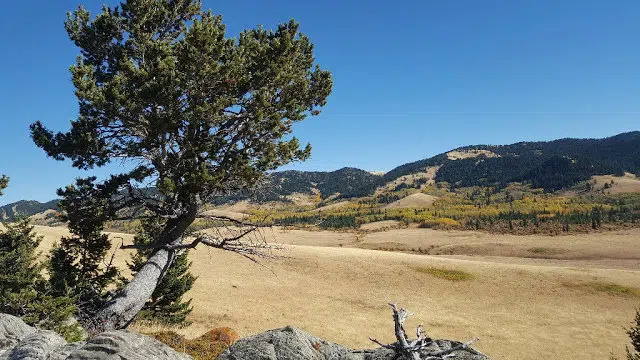
Public input sought on Livingstone-Porcupine Hills
ALBERTA – The provincial government is looking for public feedback on the draft Livingstone-Porcupine Hills Land Footprint and Recreation Management plans.
Located in the southwestern part of the province, the Livingstone-Porcupine Hills is part of Alberta’s Eastern Slopes.
A release states the area provides much of the region’s drinking water, includes extensive portions of an ecologically diverse landscape, and is identified in the South Saskatchewan Regional Plan as a priority for Land Footprint and Recreation Management planning.
The draft Land Footprint Management Plan manages the impacts of competing land-use demands from expanding human development while providing continued opportunities for economic development and recreation.


